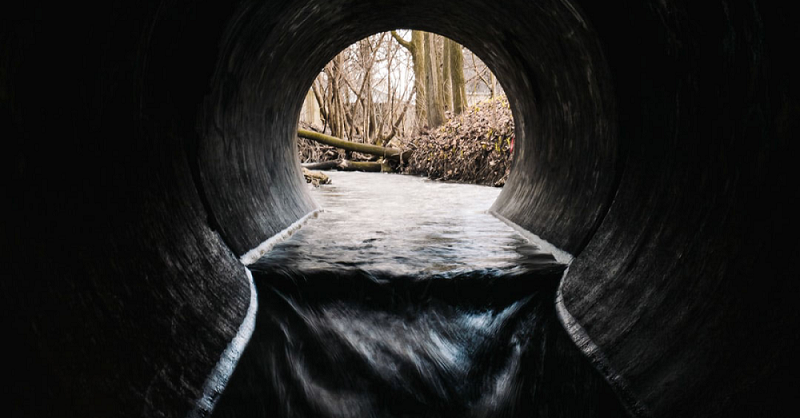 The city of Galt has agreed to pay $110,715 to settle a case that began two years ago when 301,000 gallons of untreated sewage overflowed into Dead Man Gulch, a tributary of South Laguna Creek.
The city of Galt has agreed to pay $110,715 to settle a case that began two years ago when 301,000 gallons of untreated sewage overflowed into Dead Man Gulch, a tributary of South Laguna Creek.
The spill occurred during a power outage when a faulty alarm system failed to alert city staff about malfunctioning pumps at a sewage lift station.
“This was a preventable spill that resulted in more than 300,000 gallons of raw sewage flowing into a creek,” said John J. Baum, assistant executive officer for the Central Valley Regional Water Quality Control Board. “Allowing the city to use a portion of the penalty for collection system monitoring and notification upgrades will reduce the recurrence of similar types of sewage spills.”
Under the terms of the settlement, the city will pay half of the settlement to the state’s Water Pollution Cleanup and Abatement Account. The remaining $55,357 will be used to implement an Enhanced Compliance Action consisting of the installation of several “Smart Covers” that provide early detection and notification of high water levels in the sewage collection system, reducing the likelihood of another spill.
Municipalities that operate sewage collection systems must enroll in the state’s General Waste Discharge Requirements for Sanitary Sewer Systems, which among other things, requires the municipality to properly operate and maintain the system, and prohibits the discharge of sewage. Discharges of raw sewage contain pathogens, nitrogen, ammonia, and organic matter. When spilled into a creek, elevated levels of these constituents cause a human health risk and reduce dissolved oxygen levels in the water, which negatively impacts aquatic life.
The Central Valley Water Board is a state agency responsible for protecting water quality and ensuring beneficial uses such as aquatic habitat and human health for 11,350 miles of streams, 579,110 acres of lakes, and the largest contiguous groundwater basin in California. It is the largest of nine regional boards, encompassing 60,000 square miles, or about 40 percent of the state. Thirty-eight of 58 counties are either completely or partially within the Board’s boundaries, formed by the crests of the Sierra Nevada on the east, the Coast Ranges and Klamath Mountains on the west, the Oregon border on the north, and the Tehachapi Mountains on the south.